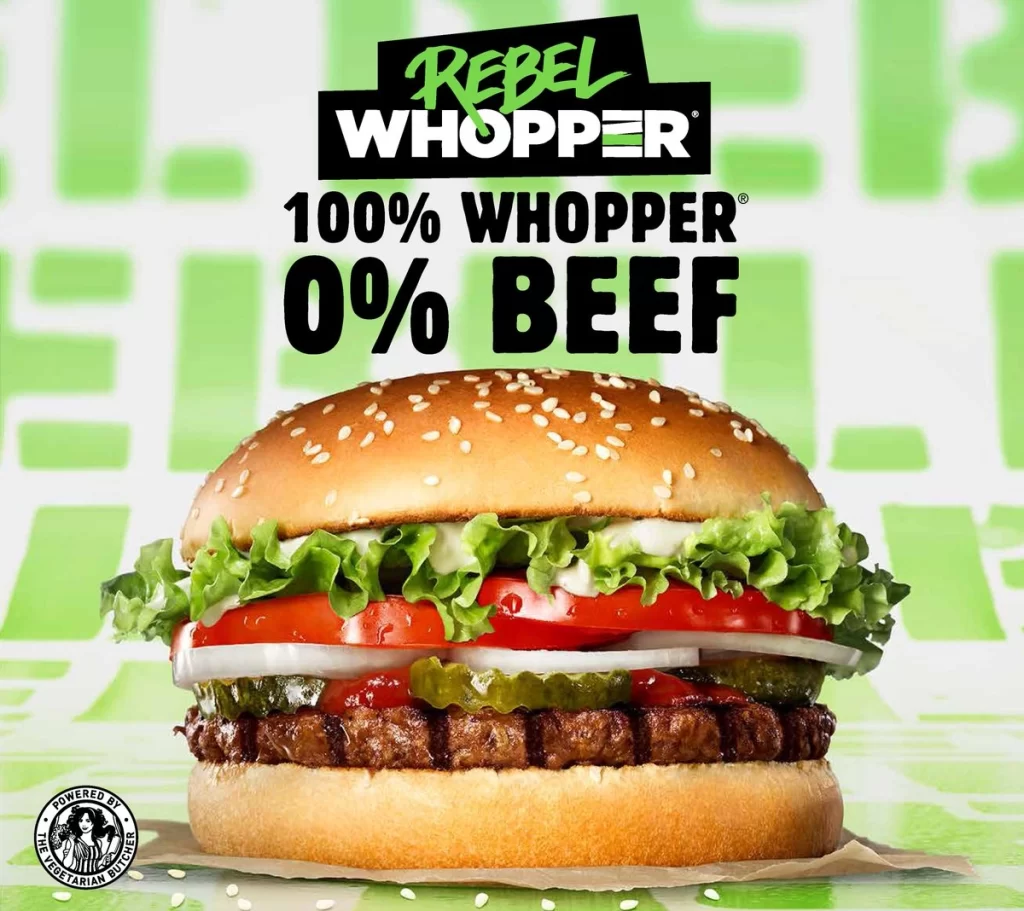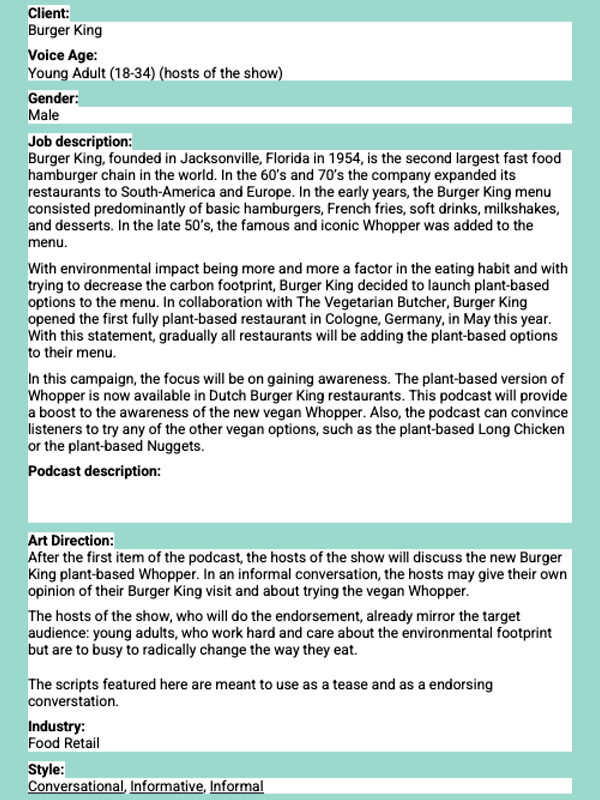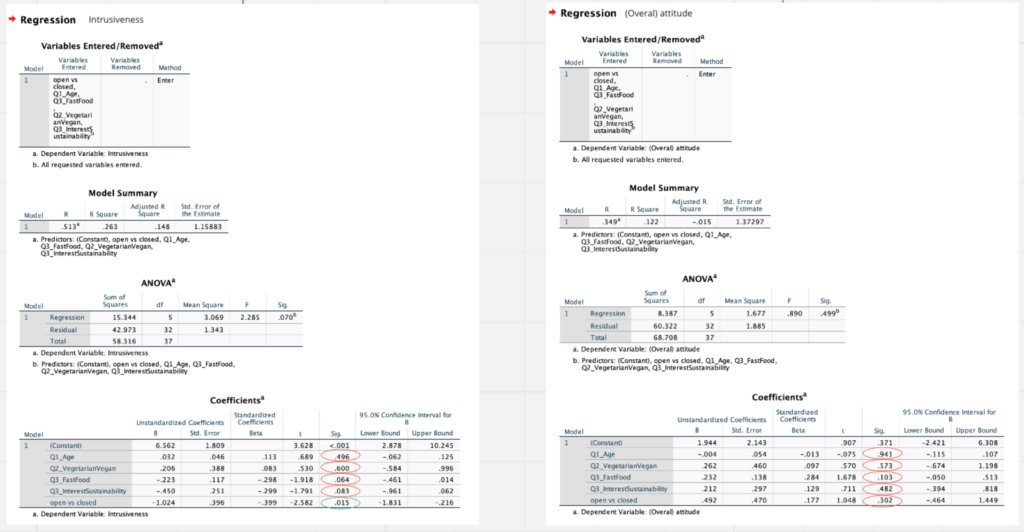Project: Listen Up – Audio Ads
PROJECT BACKGROUND
Globally, audio is a growing trend in the digital space [1]. People are spending more time-consuming audio content, a behaviour that has intensified during the COVID-19 pandemic [2].
The increasing popularity of audio content is driving a shift of advertising budgets towards audio ads. Therefore, audio advertising is becoming a key component in the set of digital marketing strategies of businesses.
For this matter, podcasts are an interesting option for businesses, as evidence shows people are more likely to trust endorsements from influencers, which is known as the Correspondence Bias effect [14]. Moreover, this is a great opportunity for content creators, as audio ads can help them to monetise their work.

The problem
“Generating revenue for [ audio content ] involves developing ways of connecting to their listeners through content and subtle advertising without appearing to be forceful.” [3]
The goal
The goal of this research is to investigate the attitude of young audiences towards ad openness in a podcast setting.
The advertising regards the vegetarian burgers for Burger King ????.
My role
This project was carried out in collaboration with another colleague. We performed the research together. However, I was mainly responsible for the following:
- Data analysis (IBM SPSS)
- Design of the research poster/communication materials for the stakeholders.
/* MENU */

THE LITERATURE REVIEW
Types of Audio Ads
Previous research [4, 5] identifies three main types of audio ads:
- Live reads/endorsement: The host of the show discusses the brand in real-time, talking about an experience with the brand.
- Sponsorship/mention: A particular brand or product is mentioned as a sponsor of the show, either by the host or by a solo ad at the start or end of the programme.
- Advertising spots /in-stream: The ad is pre-recorded and presented to the listener in designed spots. There is no interaction with the host of the show.

Testing a Live Read Open Ad
The degree of guidance towards a specific message in an advertisement is referred to as ad openness. In this respect, an open ad is a message that provides only the bare minimum of information about a particular message, while a close ad provides a specific claim or call to action [8].
This research aims to investigate the attitude of young audiences exposed to an audio ad in a podcast. For this study, a live read will be performed of two versions of an audio advertisement. In the first version, the hosts comment about the product without making a clear call to action (open version). In the second version, there is a clear call to action at the end of the read (closed version).
Theories
Correspondence Bias Theory
The Correspondence Bias theory [15] says that individuals tend to trust the opinion of celebrities and influencers, disregarding the situation explanation for their behaviour. In the case of advertisements, correspondence bias happens when people are more likely to have a positive attitude towards a brand or product when there is the presence of someone they perceive as an influencer, regardless of the message being shared by the celebrity being an advertisement [14; 10].
The claim of this study is that when individuals are listening to a podcast, they already acknowledge the host and are more likely to trust their endorsements. Therefore, audiences will be more likely to have a positive attitude towards the advertising message, regardless if it is an open or closed ad.
“When consumers are presented with a celebrity endorsing a product, they will attribute the celebrity’s appearance in the ad to a dispositional attitude of having a preference for the product and the brand, especially when it appears that the celebrity is endorsing the product freely. “ [10]
Indirect Persuasion Theory
Indirect persuasion theory states that consumers are more likely to support indirect claims rather than direct claims. Research shows that individuals try to avoid advertising; thus, when people have to use their imagination, they create a positive association with the product [11] [16]. In this sense, we claim that the closed version of the ad will generate a more positive attitude towards the ad than the open version. Analogous to the examples provided by previous studies [11], in the context of this project, consumers might perceive the plant-based burger from Burger King to be superior in quality to other brands. A direct claim will decrease the chances individuals are likely to try the new Whopper Burger. Indirect persuasion theory is connected to the law of indirect effort, which says we are more likely to get what we want by indirect means rather than direct means.
“When consumers are presented with an indirect claim, they become more receptive to multiple positive inferences about the advertised brand [11]”
Hypotheses
H1. Overall positive attitude towards the ad for both open and closed versions
H2. Intrusiveness is higher for closed ad
H3. An overall positive attitude is higher for open ad

METHODOLOGY
Participants
Purpose sampling was carried out on young adults in the Netherlands, all between 18 and 35 years old. The survey was put out via different mailings and social media. The test audience consisted of 38 participants in the desired age range. Participants were randomly assigned to the open and closed ads.
Materials & Procedure
One open audio ad and one closed audio ad are sandwiched between the start and core of a podcast. Participants listen to the audio sample via their own devices while taking the survey. The survey clearly states to have the volume on. To anchor the theory in the open and closed audio ad, a commercial script was written. The script can be found on the.
Measures & Limitations
In this research, the attitude towards the ad is measured according to the following scales:
To test the effect of being vegan or vegetarian, interest in sustainability and how often participants visit fast-food restaurants, Multiple Linear Regression tests are conducted.

Data Collection & Data Analysis
Data was collected via a Qualtrics survey from June 2021 – July 2021. In total, 45 participants responded. The survey collected data on being vegan or vegetarian, their interest in sustainability and how often they visit fast-food restaurants. Half of the participants listened to the open ad, and the other half listened to the closed ad.
38 participants met our age criteria. The data was cleaned an exported for analysis in SPSS. The Intrusiveness scale was conducted in straight and alternated order. Independent T-Tests were used to measure the (overall) attitude and intrusiveness of the open and closed ads.


Findings & Conclusions
GENERAL FINDINGS
Multiple Linear Regression tests indicate that the overall attitude and intrusiveness of the ad were not influenced by being vegetarian or vegan, having an interest in sustainability or often going to fast-food restaurants.
H1: ACCEPTED | The overall attitude of participants listening to both the closed (N=14, M=4.11, SD=1.16) and open ad (N=24, M=4.51, SD=1.47) is positive.
H2: ACCEPTED | There is an influence of openness in the intrusiveness of the ad (t(38) = 2.26, SEM = 0.40, p < .05). Participants listening to the closed ad find it more intrusive (N=14, M=3.93, SD=1.21) than participants listening to the open ad (N=24, M=3.021, SD=1.18).
H3: REFUTED | There is no significant influence of openness in the overall attitude towards the ad (t(38) = -0.86, SEM = 0.46, p > .05).

Recommendations
[ 01 ] A live read is a good option for audio ads. Individuals are likely to have a positive attitude towards the ad, which goes in line with the Correspondence Bias Theory.
[ 02 ] In a podcast, hosts should focus on sharing their experience with the product or brand. Adding a call-to-action (making it a closed ad) is perceived as intrusive.
FOR FUTURE RESEARCH: The study shows a significant influence of openness in intrusiveness for a live-read ad in the age group 18- 35 years old. Further research is recommended with this age group considering they are heavy podcast consumers, as well as extending the research to other age groups.
References
[1] Deloitte. (2015). Digital Media: Rise of On-demand Content. https://www2.deloitte.com/content/dam/Deloitte/in/Documents/technology-media-telecommunications/in-tmt-rise-of-on-demand-content.pdf
[2] Statista. (n.d.). Audio Advertising – Worldwide. Retrieved June 11, 2021, from https://www-statista-com.proxy1.dom1.nhtv.nl/outlook/amo/advertising/audio-advertising/worldwide
[3] Statista. (n.d.). Audio Content Consumption Change Europe – Worldwide. Retrieved June 11, 2021, from https://www-statista-com.proxy1.dom1.nhtv.nl/statistics/1234171/ audio-content-consumption-change-europe/
[4] Bunny Studio. (2021, April 29). Radio Ads Examples: What you should Know. https://bunnystudio.com/blog/library/audio-ads/radio-ads-examples-what-you-should-know/
[5] Ciccarelli, D. (2021, April 26). How to Create Audio Ads: 8 Tips for Digital Advertising. Voices. https://www.voices.com/blog/audio-ads/
[6] Phillips, B. J. (2000). The Impact of Verbal Anchoring on Consumer Response to Image Ads. Journal of Advertising, 29(1), 15–24. https://doi.org/10.1080/00913367.2000.10673600
[7] Enschot, van, R., & Hoeken, H. (2014). The Occurrence and Effects of Verbal and Visual Anchoring of Tropes on the Perceived Comprehensibility and Liking of TV Commercials. Journal of Advertising, 44(1), 25–36. https://doi.org/10.1080/00913367.2014.933688
[8] Bosman, J. A. M., Gisbergen, Van, M. S., & Ketelaar, P. E. (2014, January). Open and closed advertisements: moderating effects of comprehension on appreciation. https://www.researchgate.net/publication/242259325_Open_and_closed_ advertisements_moderating_effects_of_comprehension_on_appreciation
[9] Fanning, C. (2021, February 26). Voice Technology Is Changing the Future of Audio Advertising. Adweek. https://www.adweek.com/partner-articles/voice-technology-is-changing-the-future-of-audio-advertising/
[10] Cronley, M. L., Kardes, F. R., Goddard, P., & Houghton, D. C. (1999). Endorsing Products For The Money: The Role Of The Correspondence Bias In Celebrity Advertising. Advances in Consumer Research, 26, 627–631. https://www.acrwebsite.org/volumes/8333
[11] McQuarrie, E. F., & Phillips, B. J. (2005). Indirect Persuasion In Advertising: How Consumers Process Metaphors Presented in Pictures and Words. Journal of Advertising, 34(2), 7–20. https://doi.org/10.1080/00913367.2005.10639188
[12] Statista. (2021, April 13). Digital audio ad spend in the U.S. 2019–2020. https://www.statista.com/statistics/219388/digital-audio-ad-spend-mobile-desktop-usa/
[13] Kim, T. (2012, December). Consumers’ Correspondence Inference on Celebrity Endorsers: The Role of Correspondence Bias and Suspicion. University of Tennessee, Knoxville. https://trace.tennessee.edu/utk_graddiss/1533/
[14] Gilbert, G. T., & Malone, P. S. (1995). The Correspondence Bias. Psychological Bulletin, 117, 21–38. https://wjh-www.harvard.edu/~dtg/Gilbert%20&%20 Malone%20%28CORRESPONDENCE%20BIAS%29.pdf
[15] Kim, S., Haley, E., & Koo, G. Y. (2009). Comparison of the Paths From Consumer Involvement Types To Ad Responses Between Corporate Advertising And Product Advertising. Journal of Advertising, 38(3), 67–80. https://doi.org/10.2753/joa0091-3367380305
[16] Lee, Y., & Mason, C. (1999). Responses to Information Incongruency in Advertising: The Role of Expectancy, Relevancy, and Humor. Journal of Consumer Research, 26(2), 156–169. https://doi.org/10.1086/209557
[17] Li, H., Edwards, S. M., & Lee, J. H. (2002). Measuring the Intrusiveness of Advertisements: Scale Development and Validation. Journal of Advertising, 31(2), 37–47. https://doi.org/10.1080/00913367.2002.10673665
